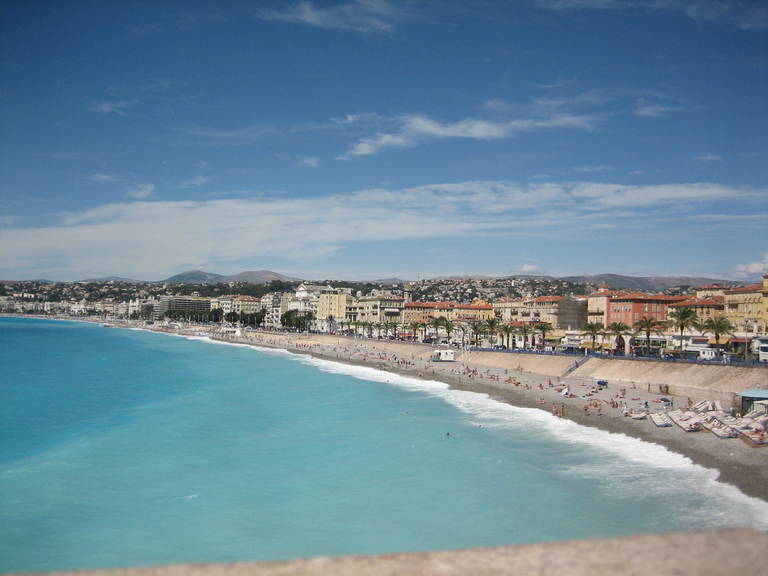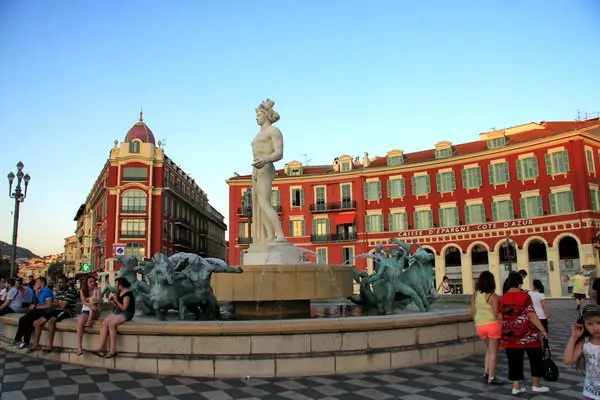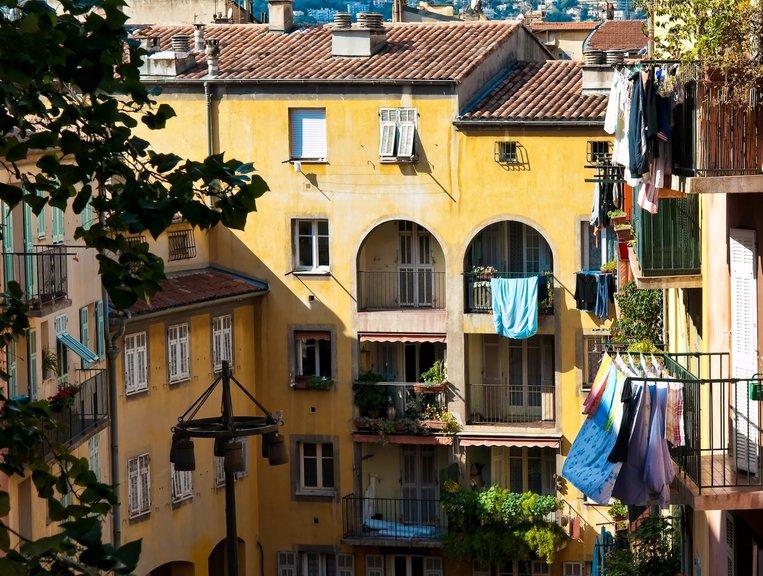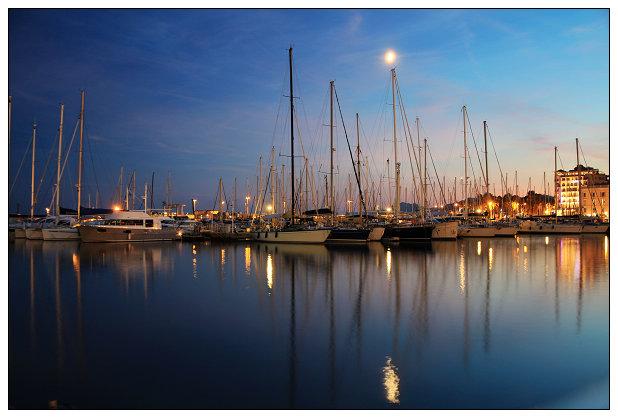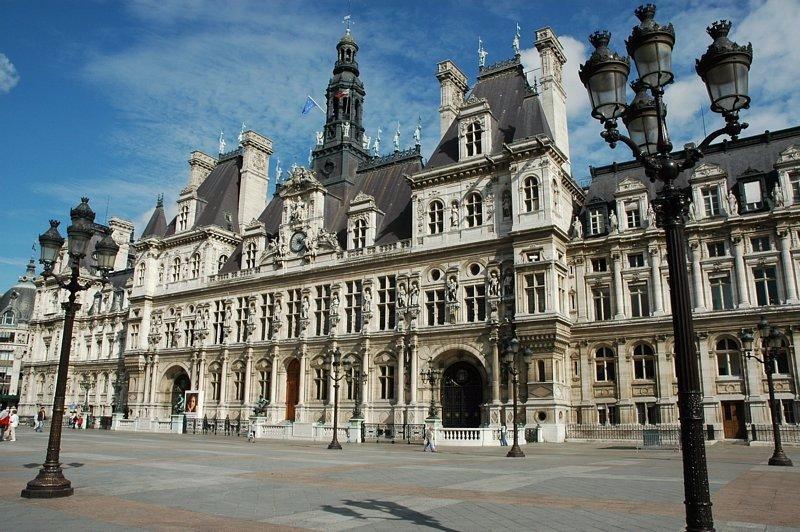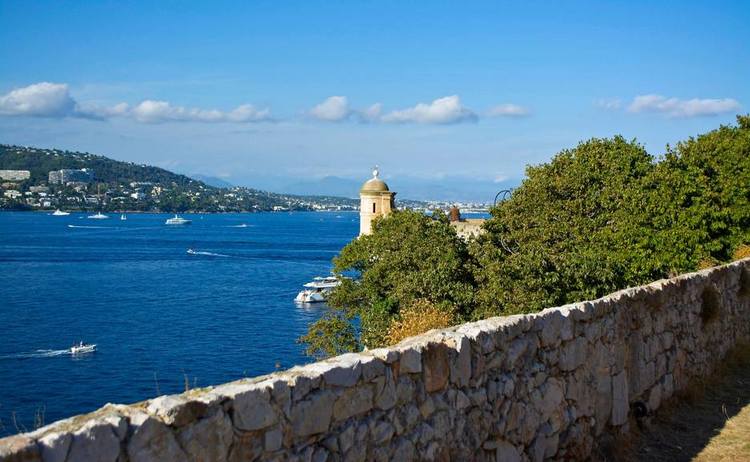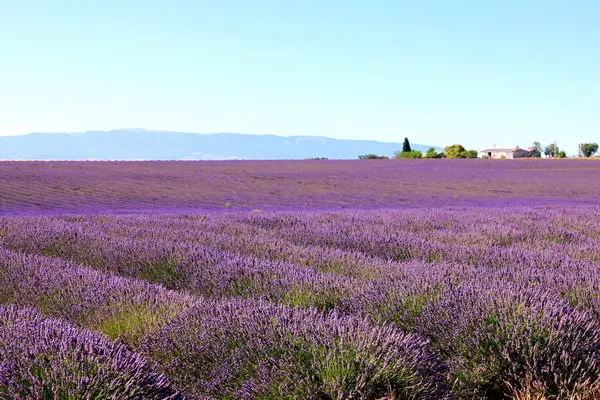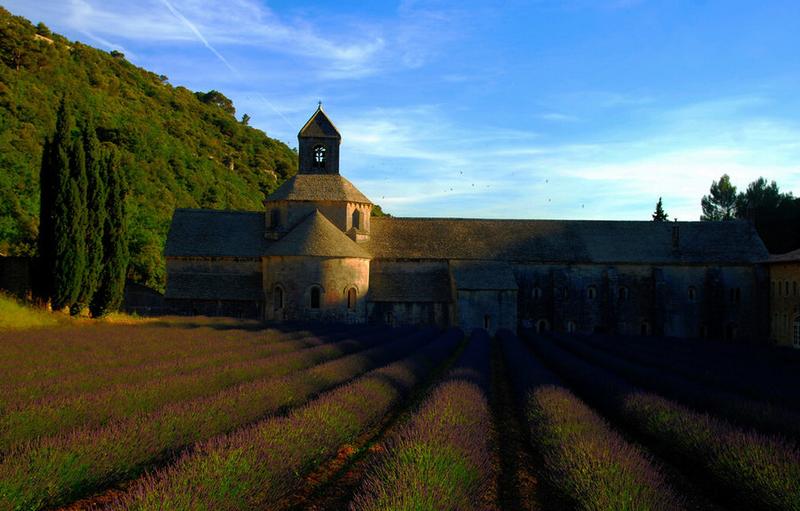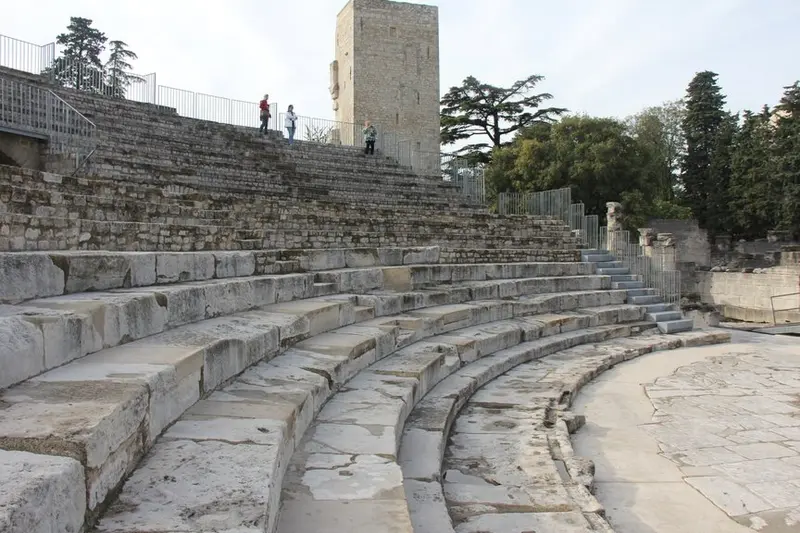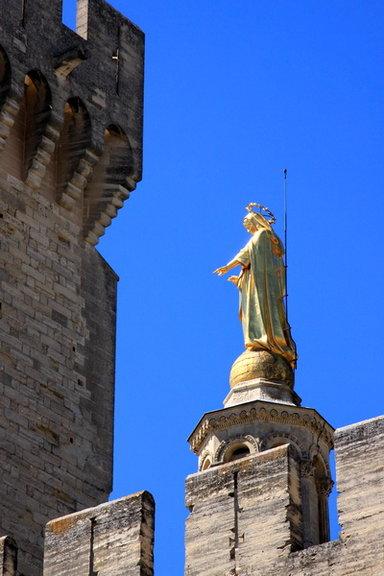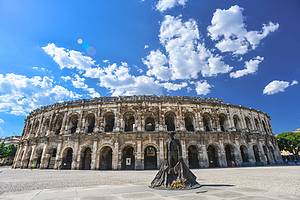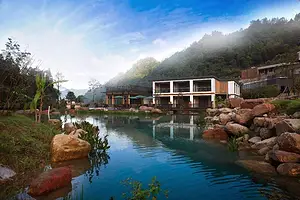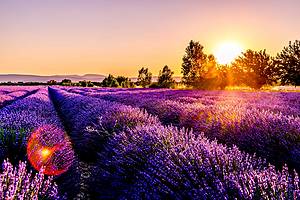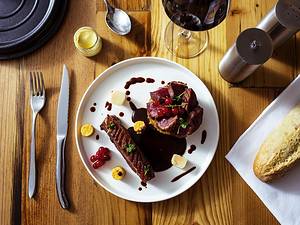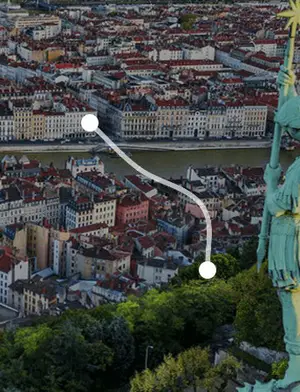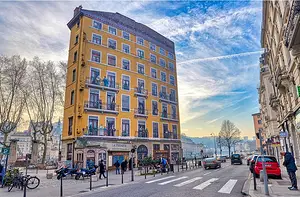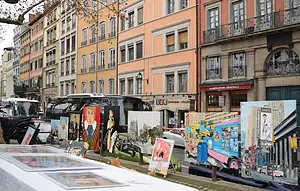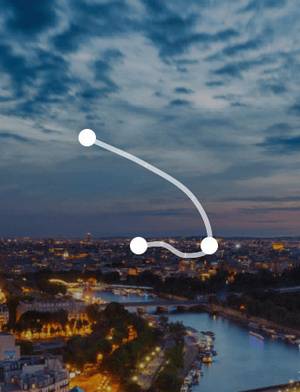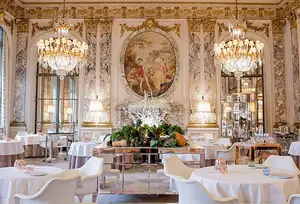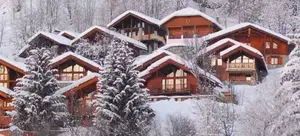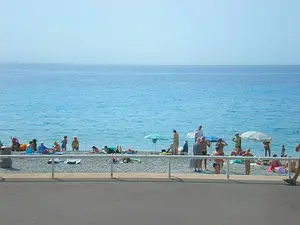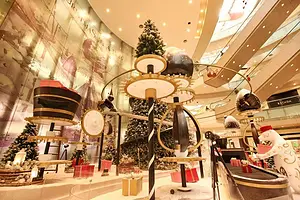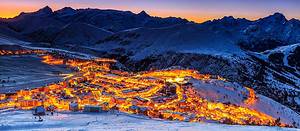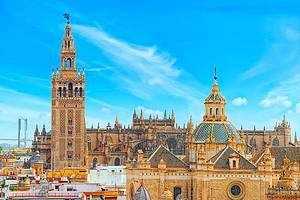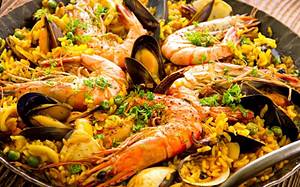6-day self-driving tour in the romantic south of France
6 cities |
20 attraction(s) |
total distance 202
km
 TIPS
TIPS
Day1
Day2
Day3
Day4
Day5
Day6
Day1: Nice
5 attraction(s) ·
12 km
1
Angel Bay is adjacent to the promenade of the British Walkway and derives its name from its resemblance to angel wings. The sea water in the bay is calm and clear, and the beach is covered with round pebbles, making it a great place to cool off in the summer.
1
km
2
Nice beaches are mostly rocky and lack high-quality sand, but it is still enjoyable to swim in the light blue sea or sunbathe on a beach chair. There are both public and private beaches, with public beaches being free and private ones usually artificially covered with fine sand. All public beaches provide free shower facilities and have beach volleyball courts. It is best to bring sandals as walking barefoot on the rocky beach can be painful, and if you want to sit, you will need to bring towels and mats. Private beaches offer various services, including restaurants, bars, and rentals for beach chairs and towels.
2
km
3
Named after the Marshal of the Empire André Masséna, it was originally two squares: the Carre Albert I, a semi-circular neoclassical square built between 1820 and 1830 along the edge of the old town of Nice, and the Place Masséna itself on the other side of the Paillon River, in an 18th-century style, built between 1840 and 1852.
The southern side of Place Masséna is the old town of Nice, and the northern side is Jean Médecin Avenue. The central part is covered by the bed of the Paillon River, bordered to the west by the Albert I Garden and to the east by the Promenade du Docteur Jacques Médecin. The Masséna tramway station and the Opera House are located along the line 1 of the Nice tramway. Place Masséna is a semi-pedestrianized zone, traversed by two roads: Avenue Félix Faure (which becomes Avenue Thiers and Avenue de Verdun) to the west, and the Avenue Jean Jaurès to the south. There is a parking lot with 325 spaces underneath the square. The northern half of the square is rectangular, while the southern half is semi-circular. The ground is covered with black and white stone tiles in a checkerboard pattern. Surrounding the central part are 36 Aleppo pines.
From the Opera of Nice in the old town, heading north along Avenue Jean Médecin, you will reach Place Masséna, where the tourist information center is located. On either side of the square are banks, shops, and the Galeries Lafayette department store. The square is also a hub for bus stops, and it is always bustling with people. Artworks can be found on the square, including 7 sculptures representing the 7 continents, called "Conversation in Nice" and designed by Spanish artist Jaume Plensa.
2
km
5
The famous seaside promenade in Nice, also known as the Promenade des Anglais or the English Way, was originally a 2-meter-wide path built by an Englishman, Lewis Way, in 1820. It stretches for 5 kilometers along the Angel Bay, from Nice Airport to the Castle Hill. The promenade is lined with luxury hotels, boutique shops, art galleries, and is popular for walking, rollerblading, and biking. It is also a place where street performers showcase their art. If you haven't walked along this promenade, it's like you haven't been to Nice.
The Promenade des Anglais is a famous seaside promenade along the blue coast of the Mediterranean in Nice. It is a popular place for locals to take a stroll and for skateboarders and rollerbladers. The promenade offers beautiful scenery with flowers on both sides, separated by beautiful flower beds and palm trees. Walking here, you can enjoy the breathtaking views of the azure coast. Many events are also held here, such as the Nice Carnival and the Flower Parade.
Day2: Cannes
3 attraction(s) ·
5 km
1
The harbor is one of the busiest places in Cannes, where restaurants serve fresh wolf fish and fire fish. Old sailing ships and modern yachts often dock side by side in the harbor.
St Pierre Pier, built in 1838, is the oldest spot in the old port.
Every September, the Royal Rowing Club's sailboat sets off from this harbor.
1
km
2
The Cannes City Hall is an exquisite neoclassical building facing the harbor, with beautiful female statues next to each window on the three floors. It is the preferred venue for local residents to hold weddings and also frequently used for gatherings.
4
km
3
There are two islands near Cannes. The larger island is called Ile Sainte-Marguerite, which was once a religious center in southern Provence. It is named after the two saints, brother and sister, who built monasteries on the island in the late 4th century.
Ile Sainte-Marguerite is the legendary island where Louis XIV's twin brother was imprisoned. It is famous for its legends of the Iron Mask, as well as the remains of the Celtic Liguria, Roman and medieval periods, such as the Royal Fortress, the Cannes Museum of the Sea, the prison of the Iron Mask, and archaeological caves. Saint-Honorat Island has even more beautiful scenery, with vineyards cultivated by monks, producing excellent quality wine.
Day3: Nice
1 attraction(s) ·
0 km
1
Eze is one of the most beautiful towns in southern France with stunning coastal scenery. It is located along the Mediterranean coast, just a short drive from the major city of Nice. Eze is famous for its panoramic views of the Mediterranean Sea. The town is nestled among mountains along the coast, and its highest peak offers one of the highest viewpoints in southern France, providing a 360-degree view of the sea and mountains. The town is filled with various craft shops, galleries, small inns, and restaurants, as well as unique French spices and Marseille soap. Colorful flowers adorn the windows and paths. Another notable feature of Eze is its preserved medieval architecture, with all buildings showcasing the classic French Mediterranean style. Eze is a must-visit destination in southern France.
Day4: Valensole > Provence > Arles
6 attraction(s) ·
178 km
1
Valensole is located on a plateau at an altitude of 590 meters, at the intersection of the Luberon and Alpes-de-Haute-Provence mountains, and is one of the most iconic towns in Provence. Thanks to its Mediterranean climate with dry and less rainy summers, as well as the advantage of abundant sunlight on the plateau, Valensole has become a paradise for the growth of lavender. In this town with a population of less than 2000 people, they cultivate the largest lavender fields in all of Provence. Many residents of the town come from lavender families, making a living by cultivating lavender and extracting lavender essential oil. There are also many professional lavender processing factories around the town, which extract lavender essential oil in the most natural and pure way, making various lavender products such as lavender tea, lavender honey, and lavender sachets. Every year, on the third Sunday of July, Valensole holds the annual Lavender Festival. The town's residents will dress in traditional costumes, hold lavender products and farming tools, and perform parades in the town. During this time, there will also be a grand lavender market in the town, selling pure natural lavender products, and Provencal specialties. Visitors can also taste lavender-flavored ice cream.
86
km
2
The Senanque Abbey is located 2 kilometers north of the town of Gordes, around 20 kilometers from Avignon. It was built by the monks of Mazan Abbey in 1148 and is hidden in a peaceful valley. It is also the backdrop of the book "A Time to Retreat". It is known as one of the "most beautiful valleys in France" and is a popular spot for postcard photos. However, the lavender fields here are relatively small in scale, and sometimes there are many tourists. Please try to maintain quietness when visiting.
90
km
3
The Fondation Vincent van Gogh Arles was established in 2014, showcasing contemporary artworks influenced by or paying tribute to Vincent van Gogh, as well as housing authentic van Gogh masterpieces. The art center includes exhibition spaces, a resource center, and a souvenir shop.
2
km
4
Saint Trophime Church is a Romanesque church located in the city of Arles in the Provence region of southern France. Its Roman-inspired western facade is one of the representative works of Provençal Romanesque architectural art. The southern cloister of the church bears witness to the process of the ancient city of Arles, which was once immersed in Roman civilization, merging into the medieval culture of Western Europe. In 1981, together with other Roman ruins in the city, such as the arena and the ancient theater, it was inscribed on the UNESCO World Heritage List.
1
km
5
The Arles Arena is the most prominent landmark in the small town of Arles. It is a Roman-era circular amphitheater built around 40 BC. It measures 136 meters in length and 107 meters in width, and can accommodate over 26,000 spectators.
1
km
6
The Arles Roman Theater was built in the late 1st century and is a Greco-Roman-style open-air amphitheater. Although the theater has been partially dismantled and divided to varying degrees over the centuries, its majestic appearance can still be faintly seen.
Day5: Avignon
2 attraction(s) ·
2 km
1
Avignon was the residence of the Pope in the 14th century, and it is surrounded by a 5-kilometer-long city wall. In 1995, the historic center of Avignon was listed as a World Heritage Site.
2
km
2
On the long rectangular square, there are rows of French plane trees and many outdoor cafes. The City Hall and the opera house are also nearby. Many tourists enjoy sipping their coffee while admiring the Gothic bell tower of the City Hall from the 14th and 15th centuries, which is where the square gets its name.
Day6: Avignon
3 attraction(s) ·
7 km
1
Pont Saint Benezet
The original name of the bridge is Saint-Bénézet Bridge, a famous medieval bridge. It was initially built between 1171 and 1185, spanning over the Rhône River, connecting Avignon and the new Avignon city on the left bank. The bridge was approximately 900 meters long but suffered frequent flooding, which increased its danger. After a major flood in 1668, most of the bridge was destroyed and it was no longer used. It was eventually abandoned and no one attempted to repair it. The surviving arches of the bridge gradually collapsed or were dismantled, and only four of the original 22 arches remain today, becoming the "Broken Bridge". There is an exhibition on the history of bridges at the entrance of the bridge, introducing bridges around the world that are listed as World Heritage Sites. There is also currently an exhibition on the 3D reconstruction of the Broken Bridge.
2
km
2
The Notre-Dame Cathedral is located next to the Papal Palace and was rebuilt in the mid-12th century. It is the oldest religious building in Avignon. The cathedral has a bell tower with a total of 35 bells, said to be the second loudest in France. Each bell has its own name and produces a different sound due to their varying sizes. The bells in the tower are all cast after the French Revolution, as the previous bells were melted down to make cannons for war. Next to the Notre-Dame Cathedral is the Rock Park (Le jardin du rocher des Doms), which is the birthplace of Avignon's history. Today, it serves as a public park and a great place for relaxation and walks.
5
km
3
Piazza in front of the Papal Palace, sometimes there are performances, very lively, don't miss the surrounding shops, there are many cheap delicacies to taste.

